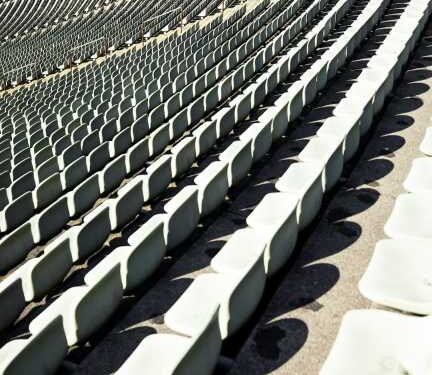Track and field athletes require specific gear and equipment to perform their best during training and competition. From running shoes to throwing implements, having the right tools can make a significant difference in an athlete’s performance. In this post, we will explore some of the best gear and equipment for track and field athletes.
Running Shoes
One of the most important pieces of gear for any track and field athlete is a good pair of running shoes. The right shoes can help prevent injury, provide support and cushioning, and improve performance. When choosing running shoes, athletes should consider factors such as their foot type, running style, and the surface they will be running on.
Spikes
For sprinters and middle distance runners, spikes are essential for providing traction and grip on the track. Spikes come in various lengths, with shorter spikes being ideal for sprinters and longer spikes for middle distance runners. It is important to choose spikes that are comfortable, lightweight, and provide the right amount of traction for the athlete’s event.
Throwing Implements
For throwers such as shot putters, discus throwers, and javelin throwers, having the right implements is crucial. Athletes should choose implements that are the correct weight and size for their event, as well as ones that are well-balanced and easy to grip. Investing in high-quality throwing implements can help athletes improve their technique and distance.
Jumps Spikes
Jumpers, including long jumpers, triple jumpers, and high jumpers, also require specialized spikes for their events. Jump spikes are designed to provide support and stability during take-off and landing, as well as to help athletes generate power and speed. Jump spikes should be lightweight and flexible, with a secure fit to prevent injuries.
Compression Gear
Compression gear, such as compression shorts, shirts, and sleeves, can help improve circulation, reduce muscle fatigue, and enhance recovery for track and field athletes. Compression gear provides support for muscles and joints, as well as helps regulate body temperature during training and competition. Many athletes find that wearing compression gear improves their performance and reduces the risk of injury.
Training Accessories
In addition to basic gear such as shoes and spikes, track and field athletes may also benefit from using training accessories to improve their performance. Some popular training accessories for track and field athletes include resistance bands, speed parachutes, agility ladders, and foam rollers. These accessories can help athletes build strength, speed, and agility, as well as improve their technique and flexibility.
Hydration Gear
Staying hydrated is crucial for track and field athletes, especially during long training sessions or competitions. Athletes should invest in a high-quality water bottle or hydration pack to ensure they have access to water during workouts and races. Some athletes may also benefit from using electrolyte-replenishing drinks or gels to stay hydrated and maintain energy levels.
Recovery Gear
After intense training sessions or competitions, recovery gear can help athletes recover faster and reduce muscle soreness. Some popular recovery gear for track and field athletes includes foam rollers, massage sticks, compression socks, and ice packs. Athletes should prioritize recovery and rest to prevent injuries and perform their best during the next training session or competition.
In conclusion, track and field athletes require specific gear and equipment to perform at their best. By investing in high-quality gear such as running shoes, spikes, throwing implements, compression gear, and training accessories, athletes can improve their performance, prevent injuries, and reach their full potential. Choosing the right gear for each event and prioritizing recovery and hydration can make a significant difference in an athlete’s success on the track.















